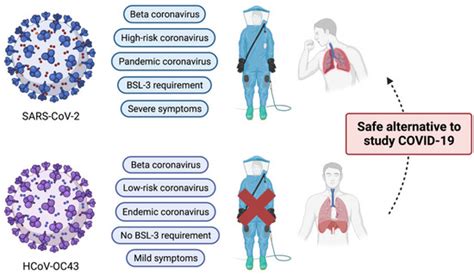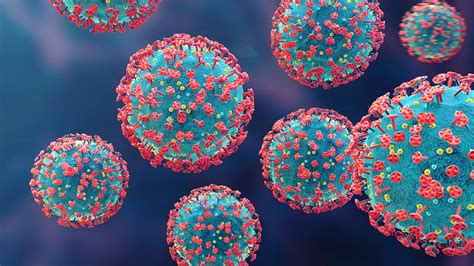Intro
Identify 5 Covid strain symptoms, including fever, cough, and fatigue. Learn about coronavirus variants, transmission, and prevention methods to stay safe during the pandemic, with expert insights on COVID-19 treatment and vaccination.
The COVID-19 pandemic has been an unprecedented global health crisis, affecting millions of people worldwide. As the virus continues to evolve, new strains have emerged, each with its unique characteristics and symptoms. Understanding the symptoms of these new strains is crucial for early detection, treatment, and prevention of further spread. In this article, we will delve into the symptoms of five notable COVID-19 strains, exploring their differences and similarities.
The emergence of new COVID-19 strains has raised concerns about the effectiveness of existing vaccines and treatments. As the virus mutates, it can evade the immune system, making it essential to stay informed about the latest developments. The symptoms of COVID-19 can vary widely, ranging from mild to severe, and can affect different people in different ways. By recognizing the symptoms of these new strains, individuals can take prompt action to protect themselves and their loved ones.
The COVID-19 pandemic has highlighted the importance of global cooperation and preparedness in responding to public health crises. As researchers and healthcare professionals work tirelessly to develop new treatments and vaccines, it is essential for the general public to remain informed and vigilant. By understanding the symptoms of these new strains, individuals can play a crucial role in preventing the spread of the virus and protecting vulnerable populations.
Introduction to Covid Strains

Understanding Covid Strain Symptoms
The symptoms of COVID-19 can vary widely, depending on the individual, the strain, and the severity of the infection. Common symptoms include fever, cough, fatigue, and shortness of breath, while more severe cases can lead to pneumonia, acute respiratory distress syndrome, and even death. The new strains have introduced additional symptoms, such as headaches, sore throats, and skin rashes, which can make diagnosis more challenging.Alpha Covid Strain Symptoms

Treatment and Prevention of Alpha Strain
Treatment for the Alpha strain typically involves supportive care, such as rest, hydration, and oxygen therapy. In severe cases, hospitalization may be necessary to provide close monitoring and advanced care. Prevention measures include vaccination, social distancing, and wearing masks to reduce transmission.Beta Covid Strain Symptoms

Treatment and Prevention of Beta Strain
Treatment for the Beta strain typically involves supportive care, such as rest, hydration, and oxygen therapy. In severe cases, hospitalization may be necessary to provide close monitoring and advanced care. Prevention measures include vaccination, social distancing, and wearing masks to reduce transmission.Gamma Covid Strain Symptoms

Treatment and Prevention of Gamma Strain
Treatment for the Gamma strain typically involves supportive care, such as rest, hydration, and oxygen therapy. In severe cases, hospitalization may be necessary to provide close monitoring and advanced care. Prevention measures include vaccination, social distancing, and wearing masks to reduce transmission.Delta Covid Strain Symptoms

Treatment and Prevention of Delta Strain
Treatment for the Delta strain typically involves supportive care, such as rest, hydration, and oxygen therapy. In severe cases, hospitalization may be necessary to provide close monitoring and advanced care. Prevention measures include vaccination, social distancing, and wearing masks to reduce transmission.Omicron Covid Strain Symptoms

Treatment and Prevention of Omicron Strain
Treatment for the Omicron strain typically involves supportive care, such as rest, hydration, and oxygen therapy. In severe cases, hospitalization may be necessary to provide close monitoring and advanced care. Prevention measures include vaccination, social distancing, and wearing masks to reduce transmission.What are the most common symptoms of COVID-19?
+The most common symptoms of COVID-19 include fever, cough, fatigue, and shortness of breath. However, the symptoms can vary widely, depending on the individual, the strain, and the severity of the infection.
How can I protect myself from COVID-19?
+To protect yourself from COVID-19, it is essential to practice good hygiene, such as washing your hands frequently, wearing a mask, and avoiding close contact with people who are sick. Vaccination is also a crucial step in preventing the spread of the virus.
What is the best way to treat COVID-19?
+Treatment for COVID-19 typically involves supportive care, such as rest, hydration, and oxygen therapy. In severe cases, hospitalization may be necessary to provide close monitoring and advanced care. It is essential to consult with a healthcare professional for proper diagnosis and treatment.
As we continue to navigate the COVID-19 pandemic, it is essential to stay informed about the latest developments and take proactive steps to protect ourselves and our loved ones. By understanding the symptoms of these new strains, we can play a crucial role in preventing the spread of the virus and reducing the risk of severe illness. We encourage you to share this article with others, comment below with your thoughts and questions, and take the necessary precautions to stay safe during this challenging time. Remember, knowledge is power, and together, we can overcome this pandemic.
